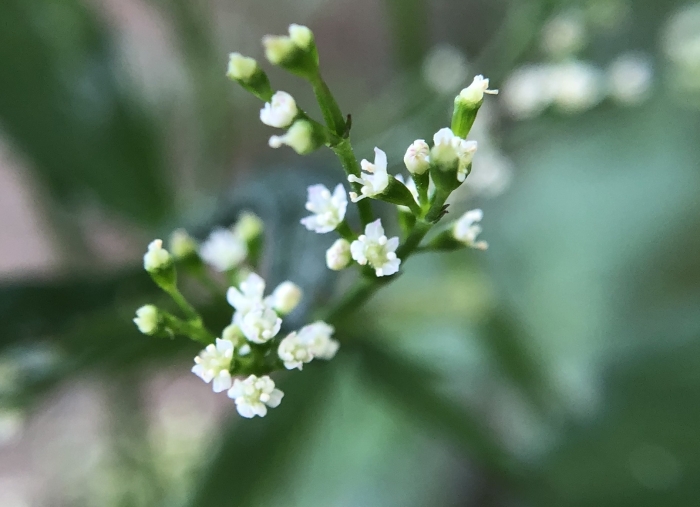Japanese Honewort
(Cryptotaenia japonica)
Japanese Honewort (Cryptotaenia japonica)
/
/

Cheng-Tao Lin
CC BY 4.0

























Estimated Native Range
Summary
In cultivation, Japanese honewort is appreciated for its ease of maintenance and its ability to thrive in shady conditions, making it suitable for woodland gardens, shaded borders, and as a ground cover. It prefers consistently moist, well-drained soils and can tolerate a range of soil types, from clay to loam. Gardeners often use it as a garnish and root vegetable in Asian cuisine, enjoying its parsley-like flavor in salads, soups, and sushi. The green Kansai type and the white Kantō type are two regional varieties that differ in stem coloration and are both used in culinary applications. Care should be taken as it can spread vigorously in favorable conditions, potentially becoming invasive in some gardens.CC BY-SA 4.0
Plant Description
- Plant Type:
- Height: 1-2 feet
- Width: 1-1.5 feet
- Growth Rate: Moderate
- Flower Color: Pink, White
- Flowering Season: Spring, Summer
- Leaf Retention: Semi-deciduous
Growth Requirements
- Sun: Part Shade, Full Shade
- Water: Medium
- Drainage: Fast, Medium, Slow
Common Uses
Border Plant, Edible*Disclaimer: Easyscape's listed plant edibility is for informational use. Always verify the safety and proper identification of any plant before consumption., Low Maintenance, Potted Plant
Natural Habitat
native to the understory of moist deciduous forests in Japan, Korea, Taiwan, and China
Other Names
Common Names: Japanese Parsley , Honeywort , Japanese Honewort , Mitsuba , Ya Er Qin
Scientific Names: Cryptotaenia japonica , Cryptotaenia canadensis f. atropurpurea , Cryptotaenia canadensis f. dissecta , Cryptotaenia canadensis f. warabiana , Cryptotaenia canadensis subsp. japonica , Cryptotaenia canadensis subsp. japonica , Cryptotaenia canadensis var. japonica , Cryptotaenia japonica f. dissecta , Cryptotaenia japonica f. japonica , Cryptotaenia japonica f. pinnatisecta
GBIF Accepted Name: